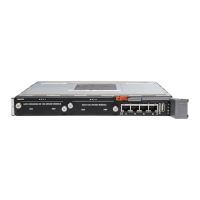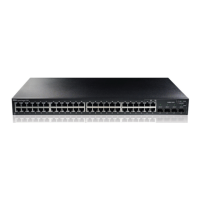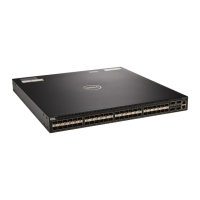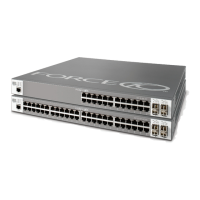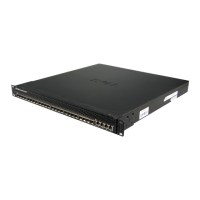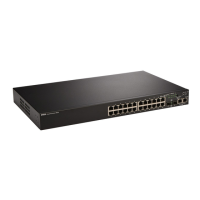• 10-Gigabit Ethernet interface = 2000
• 40-Gigabit Ethernet interface = 1400
• Port Channel interface with one 10 Gigabit Ethernet =
2000
• Port Channel interface with one 40 Gigabit Ethernet =
1400
• Port Channel with two 10 Gigabit Ethernet = 1800
• Port Channel with two 40 Gigabit Ethernet = 600
edge-port Enter the keywords edge-port to configure the interface as
a rapid spanning tree edge port.
bpduguard
(OPTIONAL) Enter the keyword portfast to enable Portfast
to move the interface into Forwarding mode immediately
after the root fails.
Enter the keyword bpduguard to disable the port when it
receives a BPDU.
shutdown-on-
violation
(OPTIONAL) Enter the keywords shutdown-on-violation
to hardware disable an interface when a BPDU is received
and the port is disabled.
bpdufilter (OPTIONAL) Enter the keyword bpdufilter to enable
BPDU Filter to stop sending and receiving BPDUs on port
enabled interfaces.
priority priority Enter keyword priority then a value in increments of 16 as
the priority. The range is from 0 to 240. The default is 128.
rootguard Enter the keyword rootguard to enable root guard on an
RSTP port or port-channel interface.
Defaults Not configured.
Command
Modes
INTERFACE
Command
History
Version 8.3.16.1 Introduced on the MXL 10/40GbE Switch IO Module.
Usage
Information
The BPDU guard option prevents the port from participating in an active STP
topology in case a BPDU appears on a port unintentionally, or is misconfigured, or
is subject to a DOS attack. This option places the port into an Error Disable state if a
BPDU appears and a message is logged so that the administrator can take
corrective action.
NOTE: A port configured as an edge port, on an RSTP switch, immediately
transitions to the Forwarding state. Only configure ports connected to end-
hosts as edge ports. Consider an edge port similar to a port with a spanning-
tree portfast
enabled.
1150
Rapid Spanning Tree Protocol (RSTP)
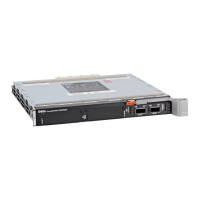
